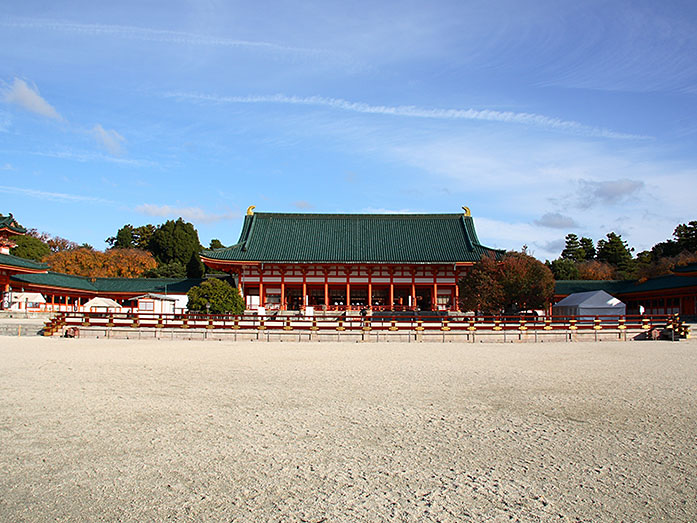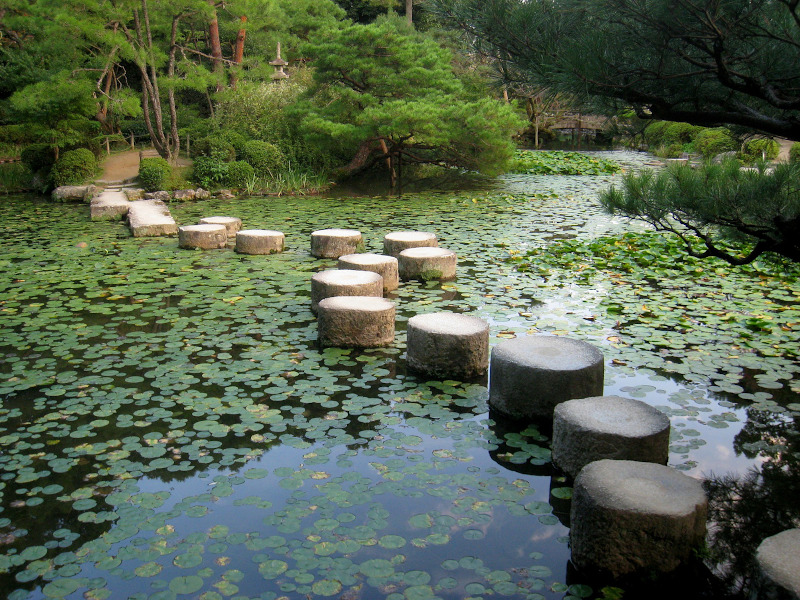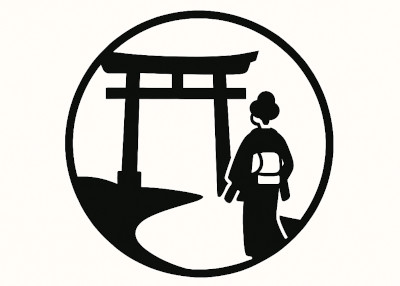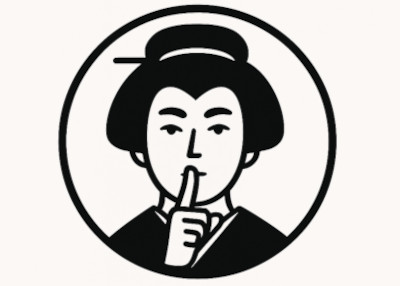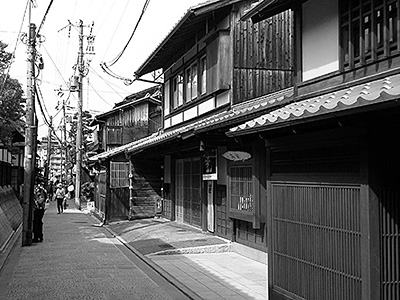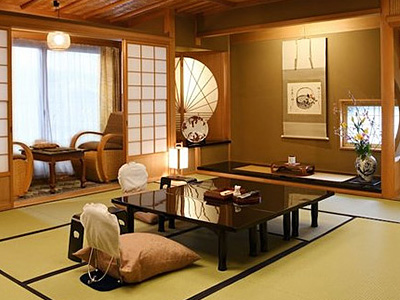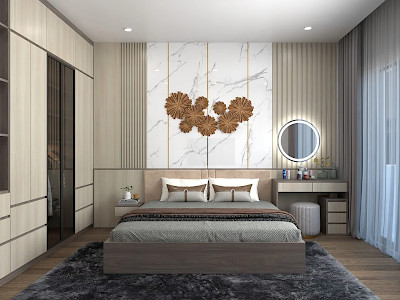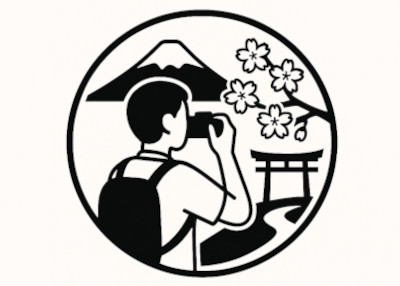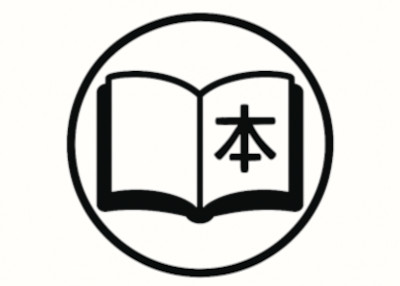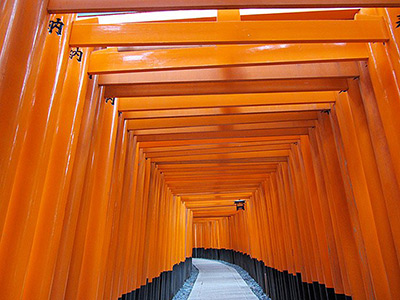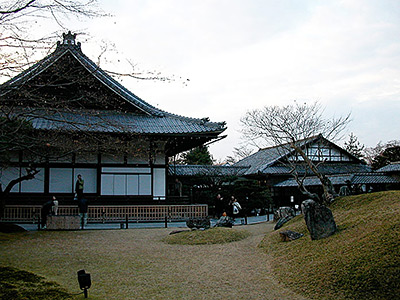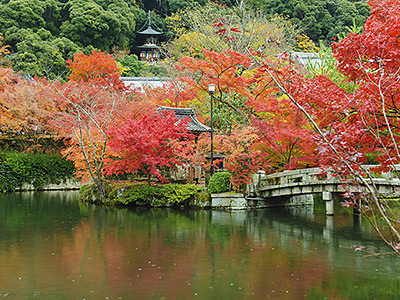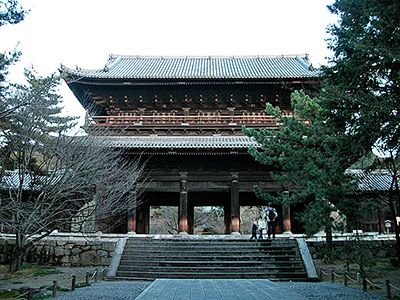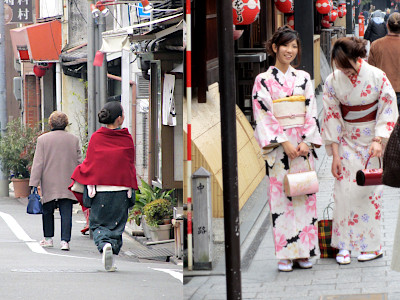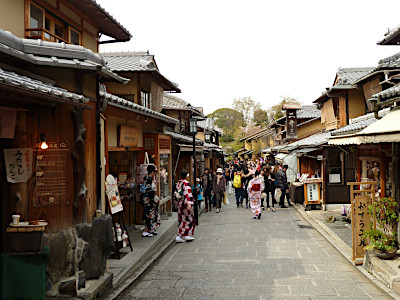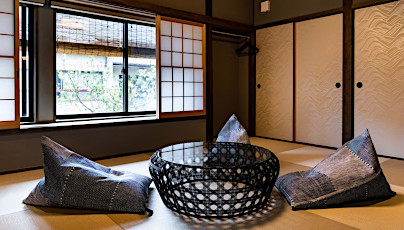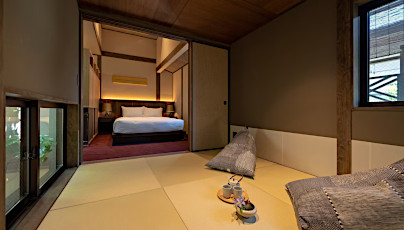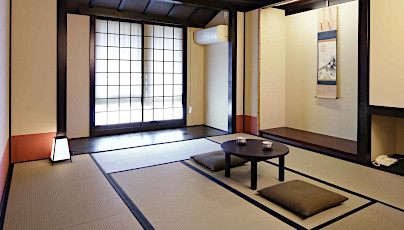Heian Shrine (Heian-jingu) in Kyoto
This post can contain affiliate links, which means that we may receive a small commission if you make a purchase using these links.
Facts & Figures
Heian Shrine (Heian-jingu) is an outstanding Shinto Shrine in Kyoto and an important cultural property of Japan. The entrance gate (torii) of the shrine is with a height of 24,2 meters one of the largest in Japan and the impressive beams are 3,63 meters in diameter. In some parts, the Heian Shrine is a replica of the Heian Palace, an ancient Imperial Palace, which was destroyed by a major fire in 1177. It is interesting to see that the shrine has a visible Chinese influence in its architecture. The honden (main shrine) is a 5:8 scale reduction of the original building. The shrine complex includes four landscape gardens, which cover an area of approximately 33000 square meters. The shrine buildings surround a huge graveled courtyard. Heian Shrine got the status of a Beppyo Jinja by the Association of Shinto Shrines. This is the highest rank for shrines regarding their importance in the history of Japan. The best time to visit is the cherry blossom season in Kyoto (end of March - middle of April). Heian Jingu is also a very popular place for traditional Japanese weddings and believe it or not modern pop concerts. One of the largest festivals in Kyoto called Jidai Matsuri is hosted here on the 22nd of October.
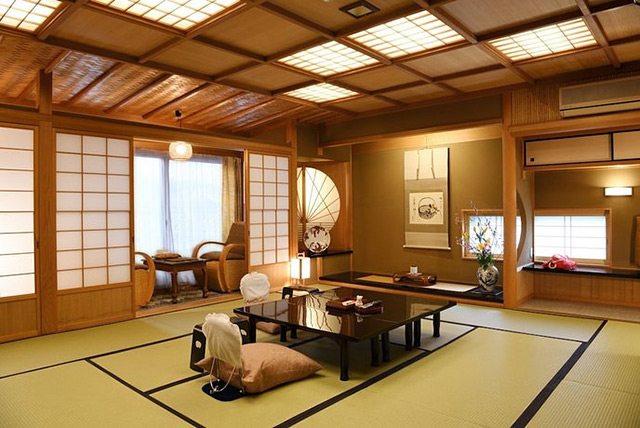 Experience the Ultimate Japanese Hospitality at a Kyoto Ryokan.
Experience the Ultimate Japanese Hospitality at a Kyoto Ryokan. Find Your Perfect Ryokan Now >
- Heian Shrine (Heian-jingu):
- Opening Hours - 6:00 am to 5:30 pm or 6:00 pm
- Opening Hours - 6:00 am to 12:00 pm (22nd of October)
- Closed - no closing days
- Admission Fee - free
- Heian Shrine Japanese Garden:
- Opening Hours - 8:30 am to 4:30 pm or 5:00 pm
- Closed - no closing days
- Admission Fee - 600 yen (Adults), 300 yen (Children)
History
The Heian Jingu Shrine was built in 1895 for the Industrial Exhibition Fair and it was also the 1100th anniversary of the establishment of Heian-kyo (former name of Kyoto) as the capital of Japan (794 to 1868). The lead architect for the project was the famous Ito Chuta (1867 – 1954). The shrine honors the first and last ruling emperors of Kyoto, which are Kammu (737 - 806) and Komei (1831 - 1866). Later the capital was moved to Tokyo. The four Heian Jingu gardens were made between 1895 and 1981. Each of the gardens represents a different period within the history of Japan: Heian (794 - 1185), Kamakura (1185 - 1333), Momoyama (1568 - 1603), and Edo (1603 - 1867). In 1976 the shrine was partially destroyed by a fire and through the support of a fundraising campaign completely rebuilt just 3 years later.
Location

Heian Shrine is located north of central Kyoto near Nanzen-ji Temple and Okazaki Park.
Address: 97 Okazaki Nishitennocho, Sakyo Ward, Kyoto, 606-8341
How to get to Heian Shrine?
- 30min from Kyoto St. by Kyoto City Bus nr. 5 or 100 to Kaikan Bijitusu-kan Mae Stop or
- 20min from Karasuma Oike Subway Station to Higashiyama Station and
- 10min walk to the Heian Shrine
Sightseeing spots at the Heian Shrine
Top:
Torii Gate - The giant gate with a height of 24,2 meters is impossible to overlook. Lots of museums can be found nearby like The National Museum of Modern Art Kyoto (MOMAK), Lake Biwa Canal Museum, Hosomi Museum, Kyoto Handicraft Center, and Kyoto City Kyocera Museum of Art.
Main Building (Honden) - It is in parts a replica (on a smaller scale) of the Imperial Palace from the Heian Period (794 - 1185).
Heian Jingu Gardens - The four stroll gardens (Shin’en Garden) located behind the main building are a National Site of Scenic Beauty. It took gardener Jihei Ogawa 7th (also known as Ueji) over 20 years to complete 3 out of 4 gardens. In 1895 he completed the West and Middle Garden and in 1916 the East Garden. His masterpiece is the huge central pond (seiho-ike), which gets its water supply from the Lake Biwa Canal. In 1981 the South Garden was added. Come here in Spring (end of March - middle of April) and admire the beauty of 300 weeping cherry trees in full bloom. Each garden has beautiful wildlife, which includes birds, butterflies, turtles, koi fish, and many more.
Taihei-kaku (Bridge of Peace) - The roofed bridge offers amazing views over the large pond and seems to float on the water.
Oten-mon - The vermillion-painted 2-story main entrance gate of Heian Jingu features unique blue tiles on the roof. It has the status of an Important Cultural Property of Japan.
Byakko-ro (White Tiger) and Soryu-ro (Blue Dragon) - These two Chinese-style towers can be found right behind the Oten-mon gate.
Daigokuden - The outer hall of worship uses a similar architectural style to the Oten-mon Gate.
Festival & Events (dates can change without notice)
February
Setsubun-sai at the Heian-jingu (3rd)
The day before spring starts is used to get rid of evil forces and bad luck and to prepare the family and home for the upcoming year. This cleaning ritual starts at 1 pm and lasts till 4 pm at the shrine grounds.
April
Miyako Odori (1st - 31st)
The traditional annual spring dance of the Kyoto district Gion Kobu performed by Geiko and Maiko is a must-see on your Kyoto visit. Don't miss the most popular dances the Miyako Odori "Cherry Blossom Dances" or "Dances of the Old Capital" at the Gion Kobu Kaburenjo Theater (located close to Gion Corner).
Annual Shrine Festival (15th)
The memory of Emperor Kammu will be celebrated with some traditional ceremonies.
May
Aoi Matsuri (15th)
The highlight of this festival is a large parade from the Imperial Palace through the Shimogamo Shrine to the Kamigamo Shrine. More than 500 people wearing aristocratic costumes from the Heian Period (794 - 1185). The Aoi Matsuri belongs with the Gion Matsuri and Jidai Matsuri as the three most famous festivals in Kyoto.
Arashiyama Mifune Matsuri (third Sunday of May)
The first part is held at the Kuramazaki Shrine. Later a procession leads to the Oi River, where more ceremonies and traditional dances (Funa Asobi) are held. The Arashiyama Mifune Matsuri started in 1914.
June
Takigi Noh performances at the Heian-jingu (1st -2nd)
This is one of the oldest forms of Japanese musical theater. Enjoy the open-air stage and the unique atmosphere of ancient times. Important to know: The ticket sale starts in April.
July
Gion Matsuri (whole month)
The month of July is full of different events like the Yoiyama - Kyoto's Magical Night (locals in kimonos look at the giant Gion floats the day before the parade) or the famous Yamaboko Junko (float procession on the 17th of July).
October
Jidai Matsuri ("Festival of Ages") (22nd)
People celebrate with a large parade between Imperial Palace to Heian Shrine the anniversary of the foundation of Kyoto. App. 2000 participants wearing historical costumes from different time periods. Enjoy this great festival which lasts around 2 hours.
Where to stay in Kyoto?
Book your Flight Tickets and Rental Car for your Japan trip
Day trips from Kyoto:
Travelers who viewed Heian Shrine (Heian-jingu) viewed also:
Top rated - Best Machiya Houses in Kyoto
THE MACHIYA Ebisuya, 192 Ebisuya-cho Shimogyo-ku, Kyoto 600-8062
This 3-star guesthouse got an excellent rating. All 30 individually furnished rooms offer free WiFi, air conditioning, bathrooms incl. toilets, fridges, 40-inch flat-screen TVs, and more. THE MACHIYA Ebisuya is located in central Kyoto.
View on Expedia.com
This 3-star guesthouse got an excellent rating. All 30 individually furnished rooms offer free WiFi, air conditioning, bathrooms incl. toilets, fridges, 40-inch flat-screen TVs, and more. THE MACHIYA Ebisuya is located in central Kyoto.
View on Expedia.com
The Machiya Kazahaya, 570-6 Kazahayacho, Shimogyo-ku, Kyoto, Kyoto, 600-8475
The Machiya Kazahaya offers for all guest rooms free WiFi, air conditioning, safes, bathrooms with toilets, refrigerators, and much more. Enjoy also the beautiful Japanese Garden. Guests gave this property the rating - Exceptional.
View on Expedia.com
The Machiya Kazahaya offers for all guest rooms free WiFi, air conditioning, safes, bathrooms with toilets, refrigerators, and much more. Enjoy also the beautiful Japanese Garden. Guests gave this property the rating - Exceptional.
View on Expedia.com
Kyomachiya Ryokan Sakura Urushitei, 425 Kichimonjicho, Shimogyo-ku, Kyoto, 600-8069
This beautiful 3-star guesthouse offers 32 rooms with free WiFi, air conditioning, bathrooms incl. showers and toilets, refrigerators, and much more. Enjoy also the relaxing indoor public bath (no minerals). Guests gave this property the rating - Wonderful.
View on Expedia.com
This beautiful 3-star guesthouse offers 32 rooms with free WiFi, air conditioning, bathrooms incl. showers and toilets, refrigerators, and much more. Enjoy also the relaxing indoor public bath (no minerals). Guests gave this property the rating - Wonderful.
View on Expedia.com

